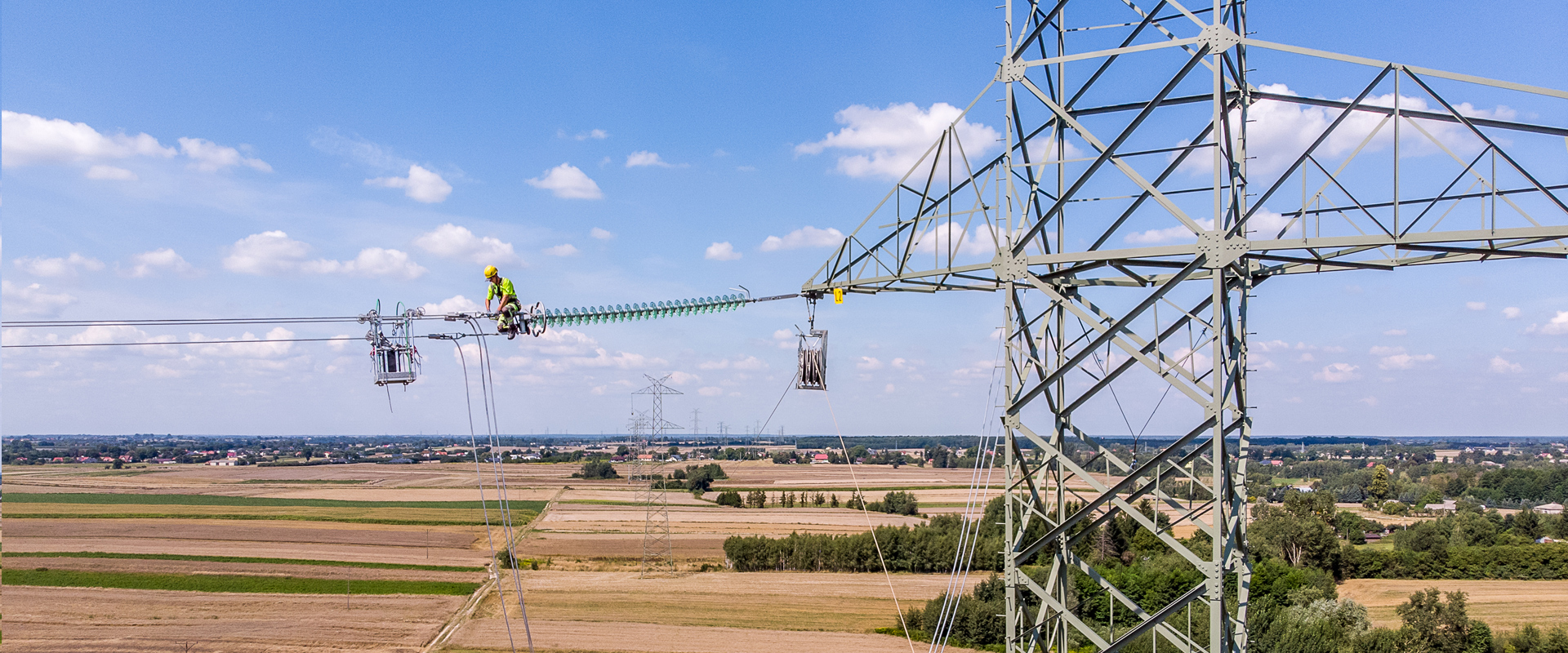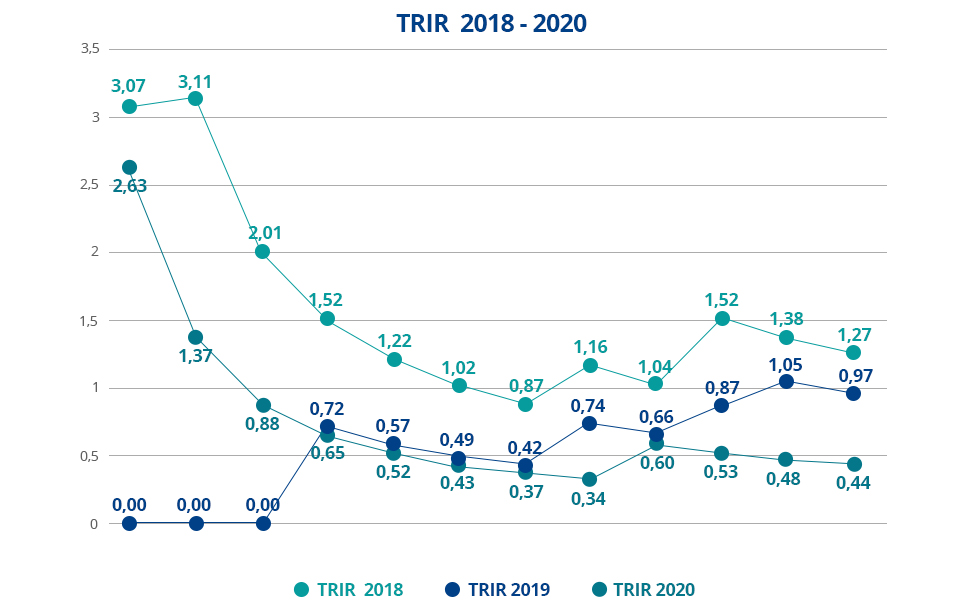Workplace safety promotion activities
As a result of the standards, policy and strategy implemented in the company, as well as out of concern for human and environmental safety, all contracts concluded in 2020 between contractors and PSE include HSEQ contract clauses for occupational health and safety, fire protection and environmental supervision. The versatility of HSEQ clauses is demonstrated by the fact that they are used identically in maintenance and service contracts.
The HSEQ clauses come in three variants, specifying the subject matter and details of the requirements imposed on contractors. The ability to select the variants of these clauses allows the contractual provisions to be tailored as needed to the risks that may arise during the performance of a particular contract.
PSE strives to increase awareness of human and environmental safety. We attempt to do this by improving the terms and conditions of contracts as elements of our collaboration with contractors, but also by engaging them in issues related to the safety of the employees, infrastructure, equipment and environment.
In 2020, PSE applied a table of contractual penalties introduced a year before as part of new contracts concluded with contractors for investment and maintenance tasks. The use of the table is recommended by the staff of the Office of Work Environment Management for identified incidents or violations by a contractor. Penalties are applicable to violations of occupational health and safety, fire safety as well as environmental regulations and rules.
GRI 403-4
In accordance with the applicable regulations, our organization has an Occupational Health and Safety Committee in place. Meetings between the employer representatives and the community representation are held on a quarterly basis. In addition, the company’s occupational medicine physician attends the meetings to analyze and advise on problems in the area of occupational medicine and health care. The Occupational Health and Safety Committee meetings are documented. The minutes are always taken of each meeting.
The Occupational Health and Safety Committee meetings are an occasion to discuss occupational health and safety issues related to, but not limited to the following:
- periodic reviews of the working conditions,
- proposals to improve the working conditions,
- analysis of potential hazards reported by employees,
- analysis of the conclusions and recommendations from cross-checks performed by the social labor inspectors and the OHS service, as well as the decisions made by the accident investigation teams,
- review and evaluation of specifications for the purchase of PPE, etc.
PSE has elected social labor inspectors divided into regional SLIs and the company’s SLI. The role of the SLI is described in the Act on the social labor inspection.
Employees can report their observations, problems, or risks in several ways, i.e. by:
- sending a report to HSEQ@pse.pl,
- using the HSEQ reporting platform,
- contacting the BH staff directly,
- contacting the Social Labor Inspector directly.
When drawing up instructions related to occupational health and safety, contract reviewers whose work is related to the subject of the document are always appointed.
OHS communication is effected, among others, through intranet publications, mailing to staff at every level of the organization, training, webinars and the company's magazine entitled “Transmission”.




